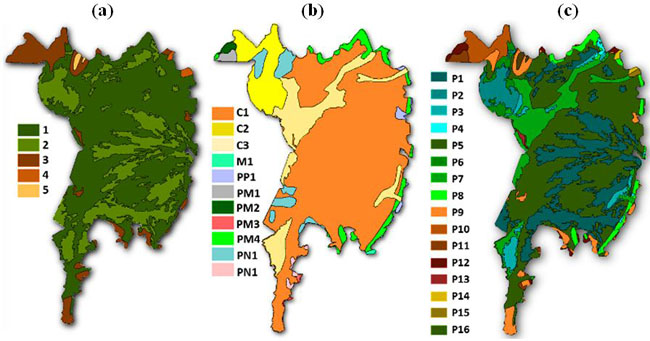Use of ecological niche modeling as a tool for predicting the potential distribution of Microcystis sp (cyanobacteria) in the Aguamilpa Dam, Nayarit, Mexico
Keywords:
Micocystis sp., cyanobacteria, ecological niche model, reservoir, MAXENT
Abstract
Ecological niche modeling is an important tool to evaluate the spatial distribution of terrestrial species, however, its applicability has been little explored in the aquatic environment. Microcystis sp., a species of cyanobacteria, is widely recognized for its ability to produce a group of toxins known as microcystins, which can cause death of animals as fish, birds and mammals depending on the amount of toxin absorbed. Like any taxonomic group, cyanobacteria has environmental thresholds, therefore, a suitable ecological niche will define their distribution. This study was conducted in Aguamilpa Hydroelectric Reservoir, an artificial ecosystem that started operations in 1994. In this system we evaluated the potential distribution of Microcystis sp., by generating a prediction model based on the concept of ecological niche MAXENT, using a Digital Elevation Model in cells of 100 m x 100 m (1 ha) spatial resolution and monitoring eleven physicochemical and biological variables and nutrients in water. The distribution maps were developed using ArcMap 9.2®. The results indicated that Microcystis sp., is distributed mainly in the upper tributary basin (Huaynamota basin) during the dry season. There was less chance to find cyanobacteria in the entire system during the cold dry season, while during the warm dry season cyanobacteria was recognized at the confluence of two rivers. During the rainfall season there were no reports of cyanobacteria presence. This species is often associated with arising trophic processes of anthropogenic origin; therefore, attention is required in specific areas that have been identified in this work to improve Aguamilpa’s watershed management and restoration. It was also recognized the importance of phosphorus and nitrogen interaction, which determines the distribution of Microcystis sp., in the Aguamilpa Reservoir. The results of this study demonstrated that ecological niche modeling was a suitable tool to assess the spatial distribution of microalgae in freshwater environments.
Published
27/04/2012
Issue
Section
Papers
Authors maintain the copyrights for their work. However, they grant rights of first publication to Ambiente e Agua - An Interdisciplinary Journal of Applied Science. In compensation, the journal can transfer the copyrights, allowing non-commercial use of the article including the right of sending the article to other data bases or publication media. The journal uses the CC BY 4.0 license"






